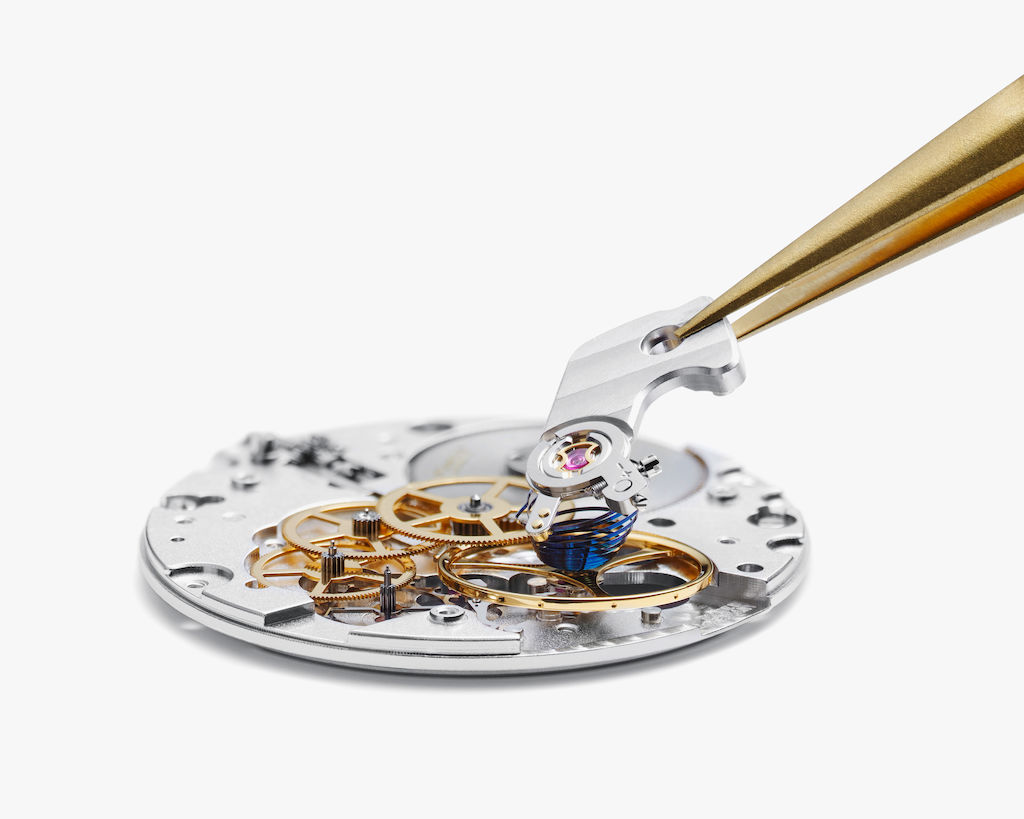Up until 2007, NOMOS Glashütte had been quietly building mechanical watches of interest for timepiece-lovers the world over. It steadily became known for its commitment to design and precise timekeeping, picking up dozens of awards along the way.
For all the success, one thing still eluded the company: It wasn’t fully independent—something that is virtually unattainable in the watchmaking industry. A Swiss-based firm belonging to a multinational corporation had been (and is still) supplying a substantial portion of the watchmaking world with so-called escapements—the heart and pacesetter inside the calibers of all mechanical timepieces. Without an escapement, it is impossible for a watch to tick and tock.
These days, only a handful of specialists know how to build one—their knowledge is either highly guarded or has simply been lost over time. There is no literature, no mathematic formula recorded, there are no tools to buy. Glashütte watchmakers of yesteryear used to have the expertise needed; however, the advent of the quartz revolution in the 1970s and ‘80s made the skills and equipment for the production effectively vanish from the town.
Those days are long over, people now once again appreciate the technical mastery and the beauty of mechanical watches—but many who once knew how to construct an escapement are no longer around to impart their knowledge. So NOMOS Glashütte decided to swing the situation on its head: Together with the Technical University of Dresden the company set out on the herculean task to develop an escapement of their own. And to become truly independent in the process.
Escapements are incredibly fine components; no other part within a mechanical watch reserves such a small margin of error. The balance and the balance spring must operate flawlessly in relation to each other’s individual properties; the escape wheel teeth must be perfectly concentric—the tiniest miscalculation means the entire escapement will not function at all. In short: many years of intense studies, elaborate experiments, and failed prototypes lay ahead.
But all the while giving up was never an option. The final escapement—named the NOMOS swing system—was unveiled at Baselworld in 2014, powering the NOMOS watch model Metro. NOMOS Glashütte was now officially capable of something that hardly any other company in the world was able to do: an in-house escapement, produced in series. “Managing to do this feels a little like landing on the moon,” said NOMOS CEO Uwe Ahrendt. FAZ, the popular German newspaper, suggested that “even Apple were keeping a close eye” on the small watchmaking company from Glashütte.
Metro was only the first model powered by the NOMOS swing system. Since then, NOMOS has begun to equip all its calibers (all of which are built in-house) with the swing system. At some point all NOMOS watches will have this tiny motor inside.
